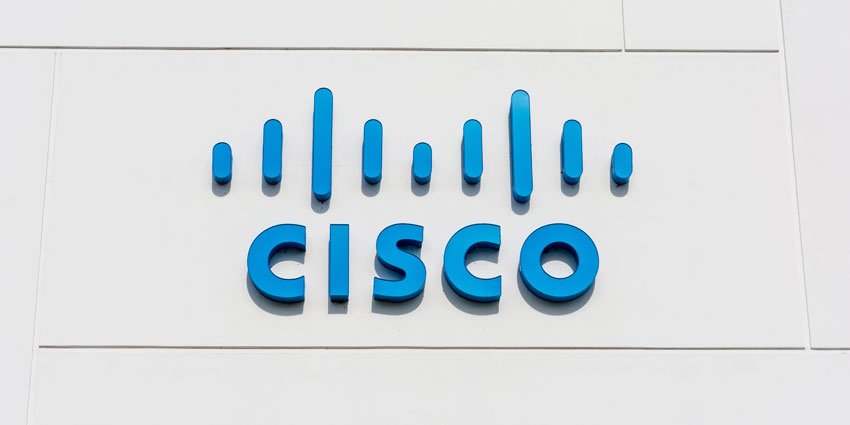Today’s customers are more demanding than ever. Your clients want their problems solved instantly, even outside the 9-5 hours when your service agents are available. Fortunately, most customers are willing to complete tasks and fix problems to speed up the process. However, they will need you to provide them with the right tools for success.
Self-service technology solutions empower your customers to accomplish more of their goals themselves. This reduces the strain on your employees to deliver 24/7 instant service while minimising costs and boosting customer satisfaction.
Already, 76% of businesses say they’ve seen measurable benefits by implementing self-service tools like chat and voice assistants, including NPS increases, reduced customer wait times and improved First Call Resolution. How do you choose the right self-service technology to empower your customers and your team?
Step 1: Consider Your Current CX Strategy
Self-service is an exciting concept in the CX landscape, generating benefits for customers and companies. Around 75% of customers even think self-service is a more convenient way to solve their service issues. However, it can’t be the only service offering you have. Your self-service solution needs to blend with your broader CX strategy.
Before you can implement your self-service solutions, you’ll need to think about your existing environment. What does your current contact centre look like, and how easily will you be able to implement self-service capabilities into your existing tools? How will you form crucial connections between self-service applications, CRM tools, and other software solutions?
The right self-service offering should either provide a comprehensive all-in-one CX experience, with self-service included as a feature or integrate perfectly with your existing stack. Make sure your solution doesn’t exist in a silo.
Step 2: Look at Types of Self Service Tech
As consumers grow more accustomed to solving problems and completing interactions with businesses on their own, the types of self-service technology are growing. At a basic level, customers can start by finding answers to questions on company FAQ pages and knowledgebases. However, there are also more advanced strategies for facilitating self-service too.
The right self-service solutions for your CX strategy will depend on the preferences of your target audience. For instance, consider how comfortable your audience is using chatbots and messengers and whether they might prefer to “talk” to a bot over the phone, then type out a message. Some of your self-service options include:
- Chat bots: Chatbots are some of the simpler forms of automated self-service solution on the market. They offer responses to common questions using a pre-existing knowledge base of information taken from your business. These tools can be a proper, more interactive replacement to the standard FAQ.
- Intelligent assistants: Capable of interacting with customers through chat and speech, thanks to natural language processing, intelligent assistants can understand the context of a query and solve problems more creatively. These tools can also learn over time with machine learning algorithms to capture audience data.
- Customer portals: Designed for B2B customers who want to take a more hands-on approach to self-service, customer portals can allow clients to change parts of their service, troubleshoot problems, and track service tickets in a branded environment.
Step 3: Look at Insights and Analytics
Data makes a direct impact on the quality of any service strategy. Implementing a self-service technology into your CX campaign shouldn’t mean just pressing “start” on an app and forgetting about it. Companies need to track the outcomes of self-service interactions and examine these discussions as part of a wider customer journey evaluation.
When comparing your self-service solutions, make sure the tools you use give you behind-the-scenes insights into your target audience. You should be able to learn more about which issues might prompt a customer to transition from a self-service conversation to interacting with an agent, as well as what problems customers solve with self-service more often.
The more information you can collect about the self-service journey, the more you can optimise your tools for better results and ROI. You’ll also be able to use these analytics to make better business decisions for future CX investments.
Step 4: Consider Employee Experience Too
While self-service solutions are frequently championed for the incredible experiences they can provide to customers, it’s worth remembering these tools also benefit your employees. You’ll need to ensure the technology you implement has a positive impact on your staff members too. For instance, look at how the handover happens between your bots and agents.
When a customer decides to accelerate a conversation with a virtual assistant to a discussion with a real human being, they don’t want to start the experience again from scratch. Your bots should be able to directly deliver all the information about the previous conversation to your agent, as well as provide access to information which might be relevant from a CRM or service desk.
The self-service solutions you implement to support your customers could also offer support your agents too. For instance, chatbots and virtual assistants can also provide hybrid and remote team members with access to tools for troubleshooting and fixing technical problems, or tracking down information without help.
Step 5: Be Ready to Evolve
The self-service landscape is evolving rapidly as innovations continue to emerge in the AI world. Concepts like natural language processing and understanding have already led to the development of new and improved smart assistants capable of understanding queries and delivering creative solutions to clients.
While you may want to start small with your self-service strategy, implementing simple chatbots and similar tools, it’s worth looking for a solution that can evolve to suit your needs. Choosing to purchase technology from a vendor with expertise in the AI and automation could mean you don’t need to work as hard to upgrade your solution as your company evolves.
Remember, a solution that scales with you should be able to offer the latest in cutting-edge technology without compromising on things like security and compliance. Ensure whatever tools you implement still allow for compliance with industry and national regulations.







